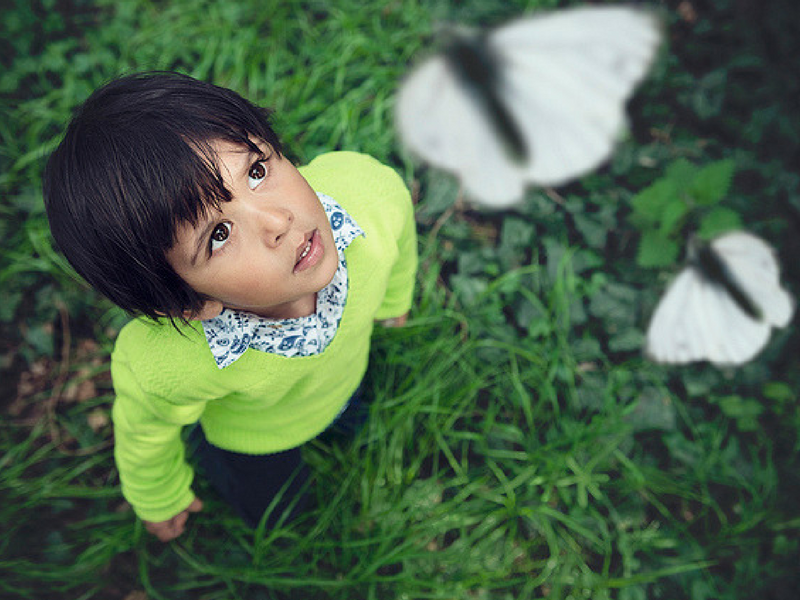
16 May Let them Wonder: Practical Strategies You Can Use to Develop Your Child’s Curiosity
I was having lunch with world-renowned scientist, Dr. Peter Jones, and he shared with me the secret of his success. He remembers as a boy being intensely curious about the world around him. He would stare at a light switch and wonder why the switch caused the light to turn on. All children are born with a natural curiosity. However, if they are not surrounded by parents and teachers who encourage and strengthen that curiosity, they will lose their sense of wonder with each passing year. But if they can maintain and build that child’s curiosity, they become lifelong learners with the motivation to succeed in school and beyond.
Protect and build your child’s curiosity.
The first thing you can do to develop your child’s curiosity is to consider your role in helping your child understand the world around him. Here are three shifts you can make whenever possible to set your child up for success.
- Your role is not to deliver information. It is to stage experiences that elicit discovery. Rather than telling your child that red and blue make purple, create a circumstance where you need the color purple and together you have to figure out how to get it.
- Your role is not to correct misconceptions. It is to guide conversations that reveal inaccuracies. When your child asserts that a cotton ball is heavier than a pebble because it’s bigger, don’t just tell her she’s wrong. Rather, begin a dialogue. Ask why she thinks that. Ask her to consider things that are small, yet heavy, such as a marble. Show her how conversations are used to develop understanding.
- Your role is not to fill the silence with an answer. It is to encourage your child to persevere toward an answer. So often we are uncomfortable with the silence that comes as children think. Resist the urge to jump in with the answer. Let them know it’s fine to think things through. Build their patience, so that later, they will persevere through difficult problems that take time to solve.
After evaluating your own mindset and shifting how you think of your role in teaching your child, you can work with your child to purposely develop her curiosity using these 5 building blocks of curiosity.
- Connection: You may have heard the saying, “Children don’t care how much you know until they know how much you care,” and it’s true. For children to be curious, they must feel worthy of seeking answers. The more they feel like they matter, the more they feel empowered to learn and make a difference in the world. Try these strategies to strengthen the parent-child connection and support your child’s curiosity:
- Nickname of Greatness—If Demetrius shows an interest in space, call him Astronaut Demetrius. If Yolanda shows an interest in politics, call her Senator Yolanda. Show them that you see success in their future by giving them a nickname of greatness.
- Customized greetings—Create a unique way to greet your children each morning. I have a different song for each day of the week (for example, on Tuesdays I wake my girls to a Willie Nelson tune, singing, “Mamas don’t let their babies sleep in on a Tuesday!”) Creating little routines that are unique to your family builds connection and makes children feel special and worthy.
- Modeling: Children need to understand that curiosity is a lifelong attribute, not something only associated with childhood. If you want your children to be curious, be curious yourself. And share your wonderings with your child.
- Monthly Challenge—Take the challenge to try something new every month. Try a musical instrument. Try to draw something. Read a new book. Try a new recipe. It doesn’t need to be a daunting task, but try something new every month. Let your children see that you are constantly seeking new skills and knowledge.
- I Tried…I Failed…I Learned…—When you do try something that’s difficult, chances are you might fail. I tried to play “All of Me” on the piano and I had to practice each measure about 20 times before I could master it! When you persevere through challenges, share the experience with your child. Use the construct, “I tried… I failed… I learned…” to show them failure is often a requisite step in the learning process.
- Questions: The best way to develop curiosity is to make sure your children are surrounded by questions all the time. In the age of search engines, unanswered questions are becoming a relic. But unanswered questions get children comfortable with the idea that there is always more to learn and develop lifelong curiosity.
- Curiosity Journal—Create a curiosity journal with your child. As you tuck your little one in for bed, talk about her day. Then ask what she wonders about. Write an unanswered question in the journal. Every so often read back through the journal and choose a question to investigate and find the answer together.
- Questions Sans Answers—We rarely sit with unanswered questions because it’s so easy to search for answers. Resist the urge to look everything up right away. Let unanswered questions lie so your child develops a comfort level with the unknown and develops a habit of wanting to know more than they do.
- Engagement: Students are curious when they are interested. Whether trying to teach him how to tie his shoes or just having a dinner conversation, make life interesting in order to build your child’s curiosity about the world he lives in.
- Stori-ify—Children of all ages love stories. Whether it’s a movie or a picture book, the basic elements of a story foster engagement. Use these elements to turn any task into a story. Together, create a character, setting, a conflict, and a resolution. Cooking together? Turn the ingredients into characters, make the mixing bowl the setting, have the characters be lonely until they meet up together and are then satisfied. The stories can be simple, but giving common tasks a narrative spin engages young children, increases their attention span, and piques their curiosity.
- Choice-ify—Giving children choice wherever possible also leads to engagement, a necessary building block of curiosity. Even simple choices matter. For example, when learning to put socks on by herself, letting her choose which foot to do first gives her an engaging sense of control.
- Intrigue: Create an environment of intrigue in your home. Let children develop a love of discovery so that when they are outside the home, they seek out opportunities to learn.
- Zoom In—Use the website https://game-solver.com/zoomed-in-answers/ to view 300 levels of zoomed-in images that you and your child can try to guess what they are before clicking on the answer to reveal the full image. Build your child’s tolerance for ambiguity by increasing the wait time before clicking for the answer. See if he can wait an entire day!
- Mystery Box—Once a week, put an item in a box and have your child ask yes/no questions throughout the week to try and figure out what is in the box.
Reinforcing these building blocks with your child will help develop a culture of curiosity in your home and will set your child up with a learning mindset that will serve her well in school and in life.

Sorry, the comment form is closed at this time.